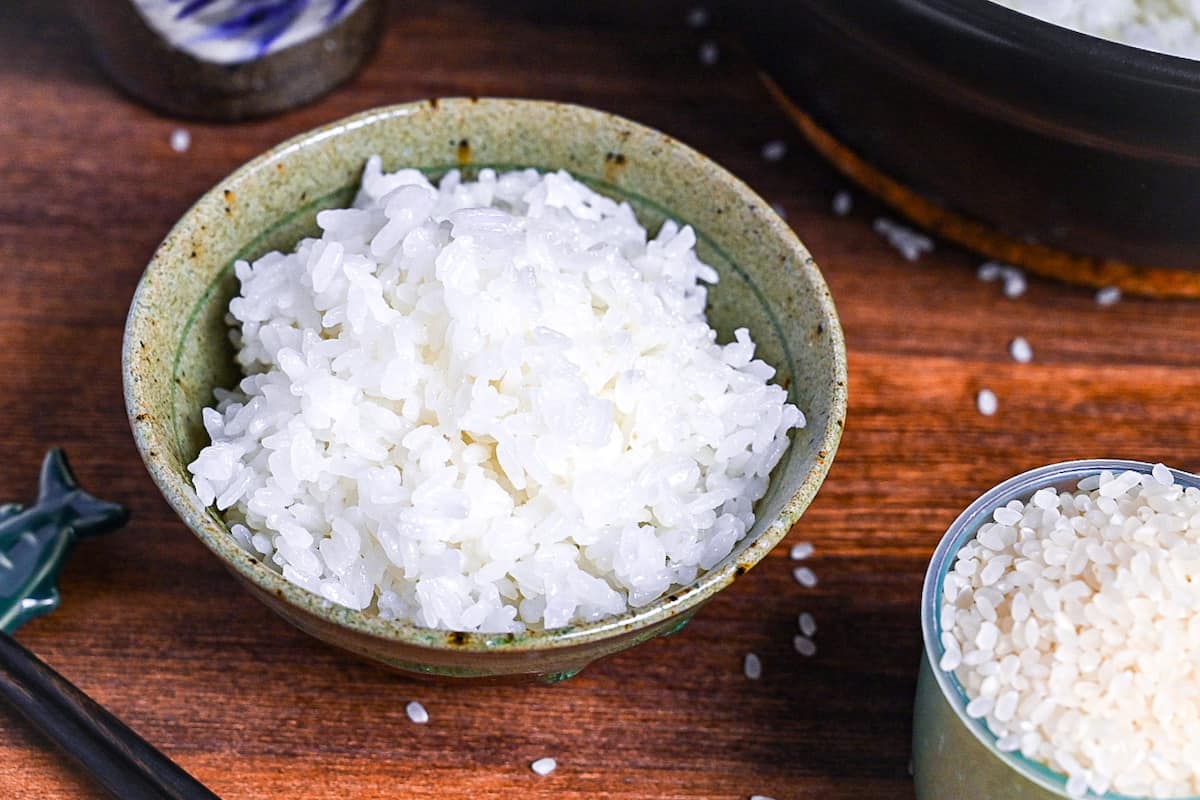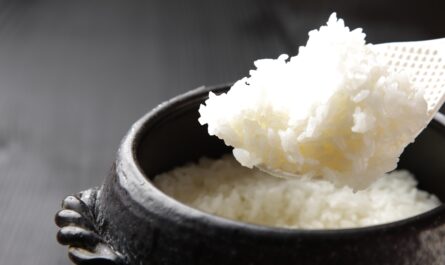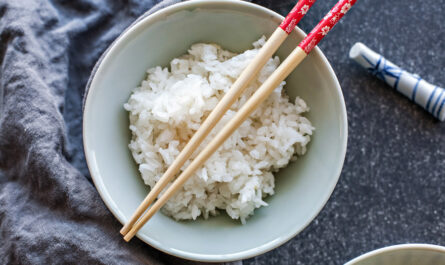In the world of culinary wonders, rice mold shapes stand out as an artistic and functional tool, especially beloved by sushi enthusiasts. These molds allow chefs and home cooks to transform plain rice into visually stunning creations. Whether you’re a seasoned chef or a novice in the kitchen, understanding the nuances of rice mold shapes can elevate your cooking experience.

Understanding Rice Mold Shapes
Rice mold shapes are tools used to form rice into specific shapes and sizes. These molds can vary from simple geometric shapes to intricate designs, perfect for creating aesthetically pleasing dishes. The primary purpose of using rice mold shapes is to add a touch of elegance and uniformity to your meals.
Types of Rice Mold Shapes
There is a wide array of rice mold shapes available, catering to different culinary needs:
- Round and Oval Molds: Perfect for forming sushi rice balls known as onigiri.
- Animal and Character Molds: Popular for bento boxes, especially for kids.
- Themed Molds: Seasonal shapes for festive occasions.
To learn more about different types of rice, visit this comprehensive guide.
Why Use Rice Mold Shapes?
Using rice mold shapes offers multiple advantages:
Visual Appeal
Rice molds transform ordinary rice into beautiful art pieces, enhancing the presentation of dishes. This visual appeal is crucial in cuisines like Japanese, where presentation is as important as taste.
Portion Control
Molds help in maintaining consistent portion sizes, which is essential for both aesthetic and dietary reasons.
Choosing the Right Rice for Molds
Not all rice types are suitable for shaping. Typically, short-grain or sticky rice is preferred as it holds its shape better. For more information on rice varieties, check out the Perfect Rice Guide.
Preparing Rice for Molds
Proper preparation is key to successful molding. Heres a simple guideline:
- Rinse the Rice: Wash the rice until the water runs clear to remove excess starch.
- Cook the Rice: Use a rice cooker or stovetop method to ensure even cooking.
- Let it Cool: Allow the rice to cool slightly before shaping to prevent sticking.
Step-by-Step Guide to Using Rice Molds
- Choose Your Mold: Select a mold that suits your dish or occasion.
- Fill the Mold: Pack the cooked rice into the mold firmly.
- Press and Shape: Use the molds press to shape the rice evenly.
- Release the Rice: Carefully remove the shaped rice from the mold.
For more detailed techniques, check out this sushi rice guide.
Caring for Your Rice Molds
Maintaining your rice mold shapes ensures their longevity:
Cleaning Tips
Always clean the molds immediately after use. Use warm soapy water and a soft brush to remove any rice residue. Avoid abrasive materials that could damage the mold.
Storage Suggestions
Store molds in a dry place. Ensure they are completely dry before storing to prevent mold growth.
Creative Uses of Rice Molds
Rice mold shapes are not limited to rice alone. They can be used creatively for:
- Quinoa or Couscous: Form these grains into shapes for unique presentations.
- Desserts: Use for shaping sweets like rice pudding. Explore this sushi rice pudding guide.

FAQs About Rice Mold Shapes
What materials are rice molds made of?
Rice molds are typically made from plastic, stainless steel, or silicone. Each material has its benefits, such as durability or ease of cleaning.
Can I use rice molds for other foods?
Yes, rice molds can be used for shaping other foods like mashed potatoes, polenta, or even desserts like mochi.
How do I prevent rice from sticking to the mold?
Lightly dampening the mold with water can help prevent the rice from sticking. Additionally, ensuring the rice is slightly cooled before molding can reduce stickiness.
For more tips on using and cleaning your molds, visit this rice cleanup guide.
In conclusion, rice mold shapes are a versatile and delightful addition to any kitchen, bringing creativity and precision to your cooking endeavors. Whether you’re crafting a simple meal or a gourmet dish, these molds are your perfect companion in the culinary journey.
This article contains affiliate links. We may earn a commission at no extra cost to you.




